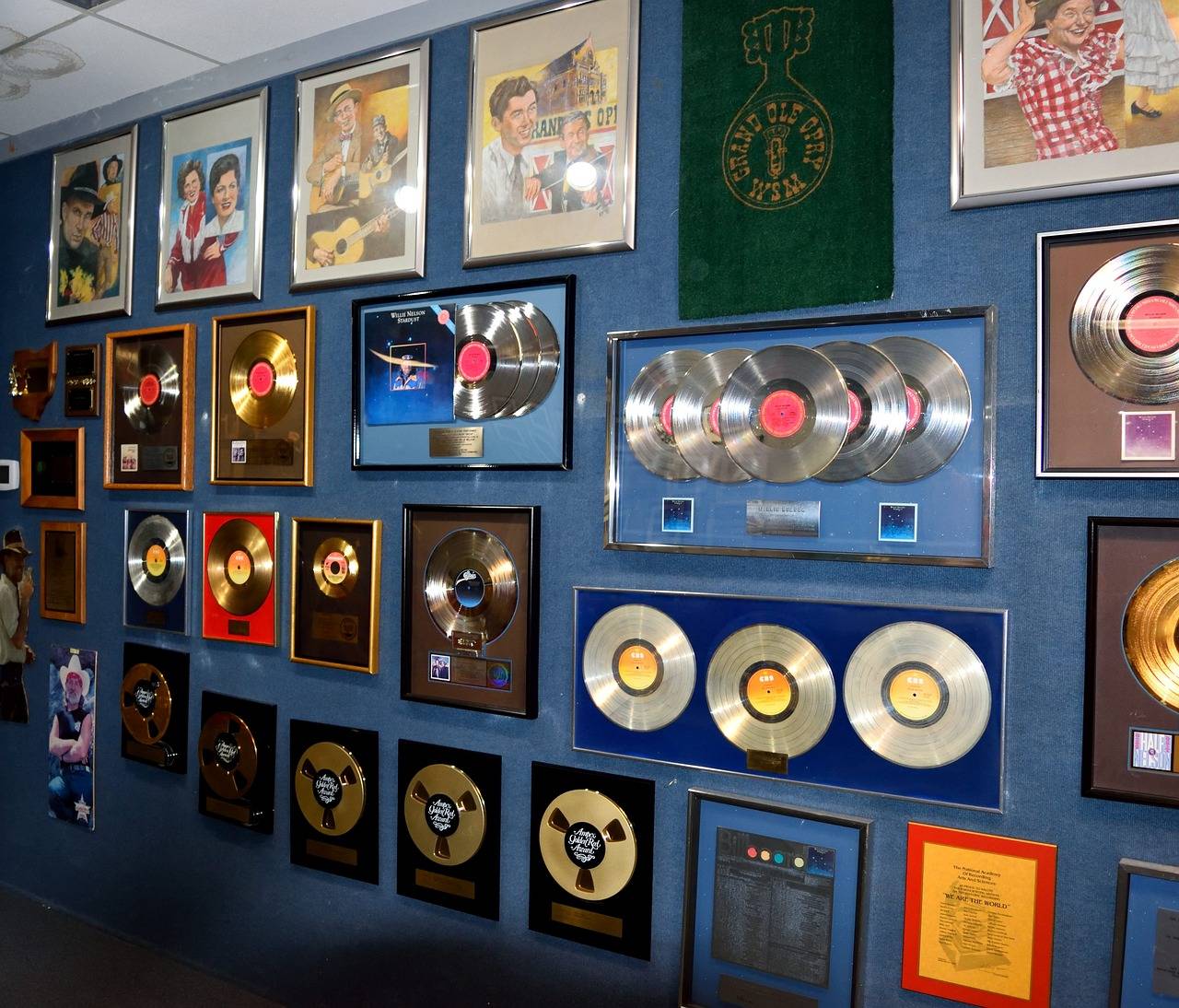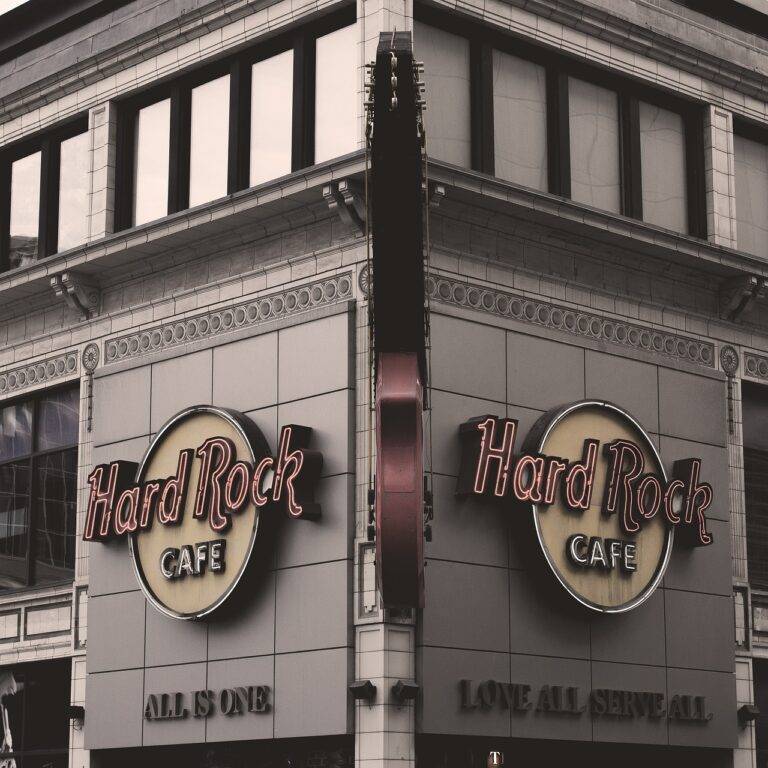Investigating the Future of 3D Printing in Set Design and Props
Set design and prop creation have undergone significant transformations over the years, adapting to the changing demands of the entertainment industry. From the elaborate handcrafted sets of classic Hollywood films to the digitally-enhanced environments of modern blockbusters, the evolution of set design has been nothing short of remarkable.
Prop design, once limited to physical objects meticulously crafted by artisans, has embraced technological advancements to push the boundaries of creativity. The incorporation of cutting-edge techniques such as 3D printing has revolutionized the way props are conceptualized and produced, allowing for intricate details and precision that were previously unimaginable.
• Set design has evolved from elaborate handcrafted sets to digitally-enhanced environments
• Prop design has shifted from physical objects crafted by artisans to utilizing technology like 3D printing
• Technological advancements have revolutionized the way props are conceptualized and produced
The Impact of 3D Printing Technology
3D printing technology has revolutionized the way set designs and props are created in the entertainment industry. With the ability to rapidly produce intricate and detailed objects, 3D printing has significantly reduced production time and costs. This technology offers a level of precision and customization that was previously unattainable through traditional manufacturing methods, allowing for more creative and innovative designs to come to life on stage and screen.
Furthermore, the versatility of 3D printing enables designers and artists to experiment with different materials and textures, expanding the possibilities for creating unique and visually stunning elements for productions. This technology has opened up new avenues for creativity and has become an indispensable tool for bringing imaginative concepts into reality. The impact of 3D printing on set design and props continues to shape the landscape of the entertainment industry, pushing boundaries and setting new standards for what can be achieved in visual storytelling.
Advantages of Using 3D Printing in Set Design
One of the key advantages of integrating 3D printing technology into set design is the ability to rapidly prototype and iterate designs with precision. Unlike traditional methods, which may require extensive time and resources, 3D printing allows for quick adjustments and fine-tuning of intricate details, ensuring that the final set pieces are exactly as envisioned. This flexibility not only streamlines the design process but also enables designers to explore more creative possibilities without being constrained by the limitations of traditional manufacturing techniques.
Additionally, 3D printing offers a cost-effective solution for producing custom and complex set pieces. By eliminating the need for expensive molds or specialized tools, production costs can be significantly reduced, making it a more accessible option for designers working within limited budgets. This affordability, combined with the ability to create unique and intricate designs that would be difficult or impossible to achieve using traditional methods, makes 3D printing a valuable asset in enhancing the visual appeal and overall quality of set designs.
How has set design and props evolved over the years?
Set design and props have evolved from traditional handcrafted methods to incorporating more advanced technologies like 3D printing.
What is the impact of 3D printing technology on set design?
3D printing technology has revolutionized set design by allowing for more detailed, intricate, and customizable creations at a faster pace.
What are some advantages of using 3D printing in set design?
Some advantages of using 3D printing in set design include cost-effectiveness, time efficiency, customization, and the ability to create complex and unique designs.





